
Correct Toes eliminates the need for conventional orthotics in most people by enabling the foot arch (i.e., the medial longitudinal arch) to support itself. In general, we DO NOT recommend wearing Correct Toes in combination with orthotics; we instead recommend weaning yourself off orthotics—slowly and progressively—when introducing Correct Toes. Correct Toes toe spacers are, by definition, an orthotic, though conventional custom orthotics are placed under your foot arch (instead of between your toes) and attempt to alter foot position by using an unnatural methodology (i.e., by propping up your foot arch).
Two Very Different Approaches
In other words, custom arch orthotics are not natural in any way. In fact, they violate the natural anatomy of your foot’s arches by artificially lifting them and placing material under them in a manner never seen in nature or in human-made structures, such as arch bridges. Correct Toes, on the other hand, does support your foot’s arches in the exact manner nature intended: By placing your toes in their ideal natural alignment. So here we have two different types of orthotics attempting to do the same thing: One violates the natural anatomy of the foot, the other provides natural alignment to the foot and toes, and thus balance and support. Correct Toes toe spacers are particularly effective in enabling optimal foot health when used in combination with shoes that possess a completely flat sole from heel to toe (i.e., when they are worn in a shoe that possesses no heel elevation, toe spring, or motion control features) and a sufficiently wide toe box.
Who Might Benefit From Conventional Arch Orthotics?
While most people do not need orthotics if they use Correct Toes in footwear that allows proper toe splay, there are a few rare individuals who, even with Correct Toes and proper shoes, may not achieve their desired foot health goals simply by using their foot naturally. These few individuals may, in fact, benefit from Correct Toes AND orthotics.
In even rarer cases, where the combination of Correct Toes and orthotics does not restore foot arch structures, a surgical procedure on the ankle may be indicated. Of course, Correct Toes should be worn after this surgery to help maintain proper toe and foot alignment. To learn more about post-surgical recovery methods, please read this article that lists six ways to restore foot health after surgery.

WANT TO IMPROVE YOUR FOOT HEALTH?
Let the team at Natural Footgear help you! Subscribe to our newsletter for the latest offers and helpful info, and sign up for our FREE email courses on various topics and foot health conditions.
Sign Up →
Want to Improve Your Foot Health?
We are here to help you every step of the way. Get our newsletter for the latest offers and helpful info, and sign up for our FREE email courses on various topics and conditions, including bunions, hammertoes, neuromas, plantar fasciosis, shin splints, ingrown toenails, and more.
Sign Up →
 In this video, Dr. Ray McClanahan, a sports podiatrist at Northwest Foot and Ankle and the inventor of Correct Toes, discusses a very common question: “Who should use orthotics?” Dr. Ray explains why conventional arch orthotics are prescribed by many foot care professionals and presents an alternative view on how best to stabilize the foot and ankle using natural (i.e., non-arch orthotic) means. Dr. Ray also describes the very specific...
Read more
In this video, Dr. Ray McClanahan, a sports podiatrist at Northwest Foot and Ankle and the inventor of Correct Toes, discusses a very common question: “Who should use orthotics?” Dr. Ray explains why conventional arch orthotics are prescribed by many foot care professionals and presents an alternative view on how best to stabilize the foot and ankle using natural (i.e., non-arch orthotic) means. Dr. Ray also describes the very specific...
Read more



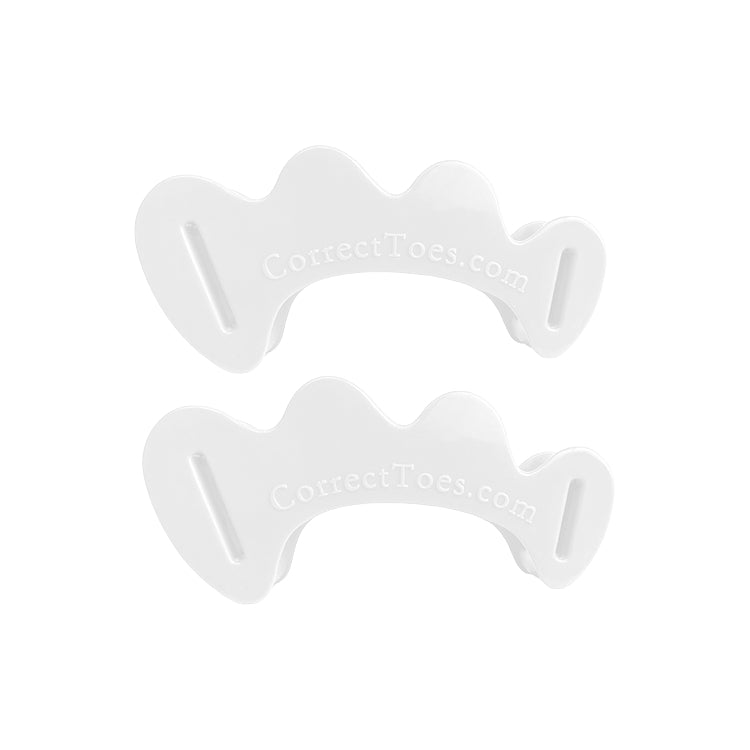
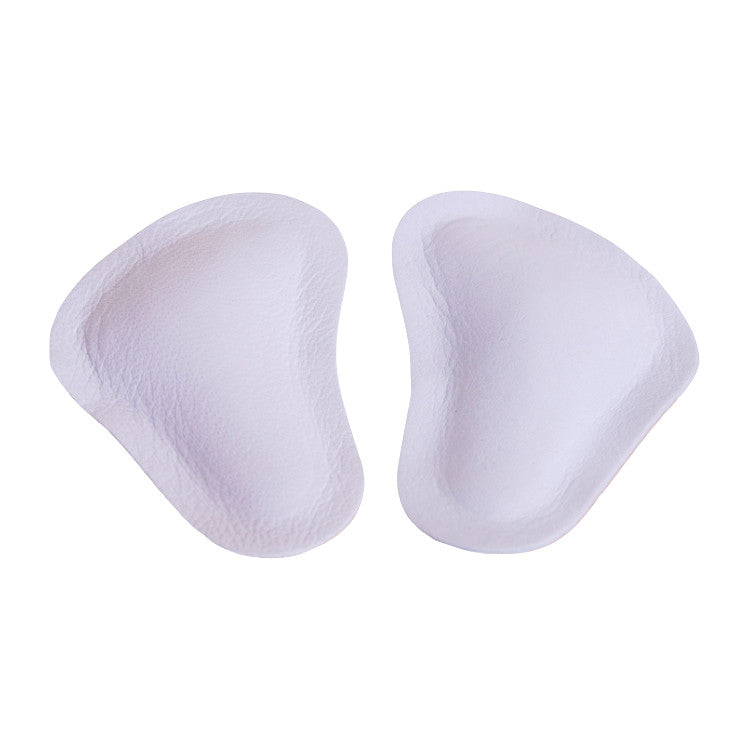
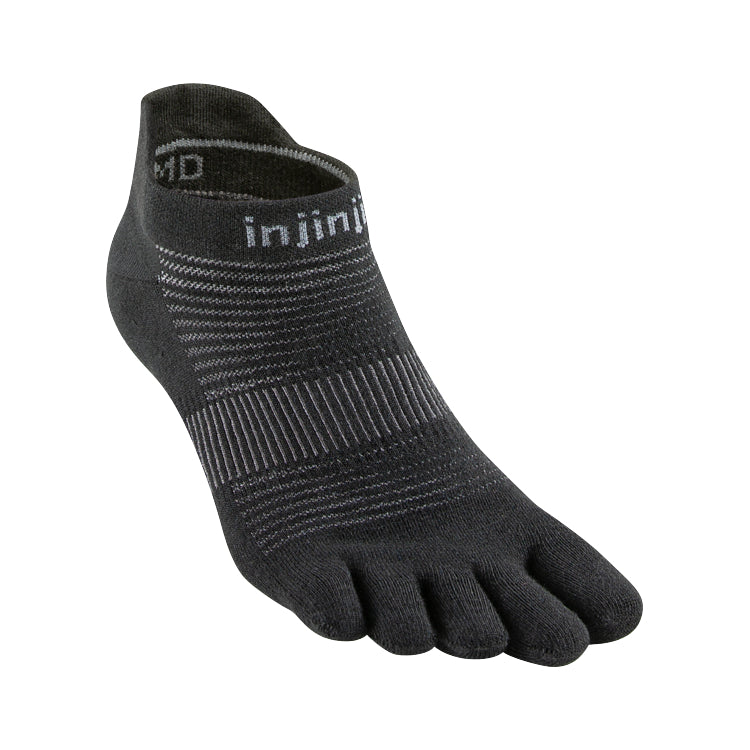
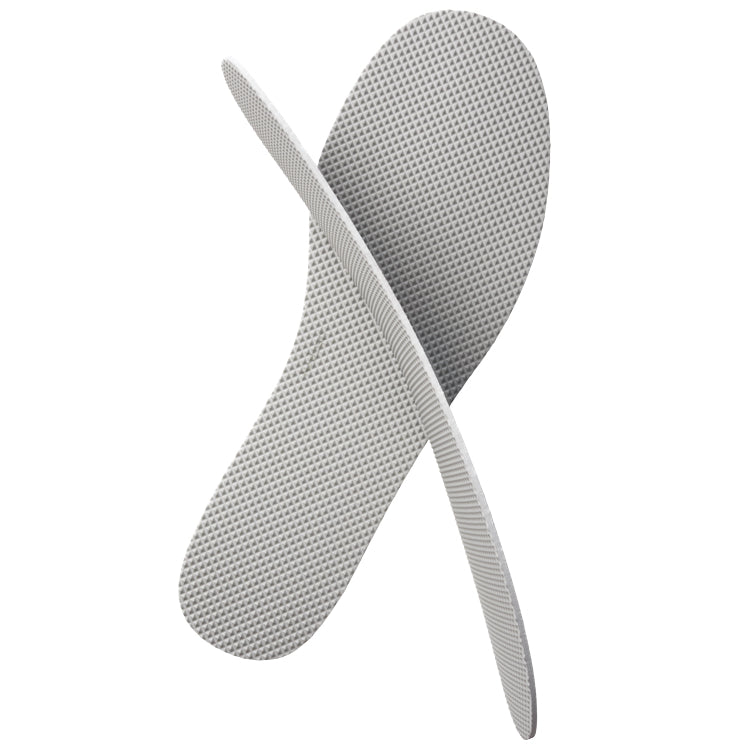

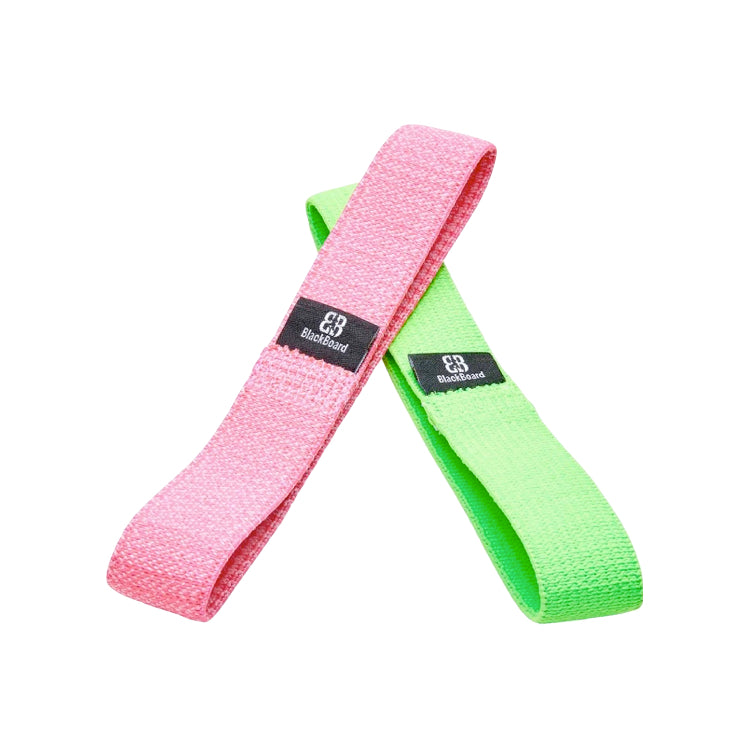
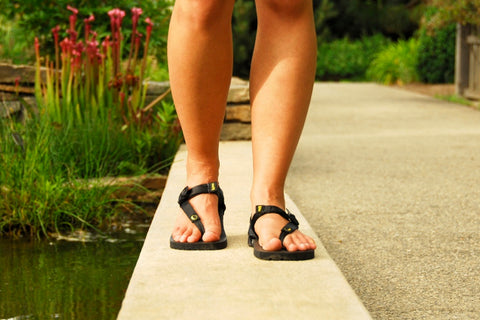
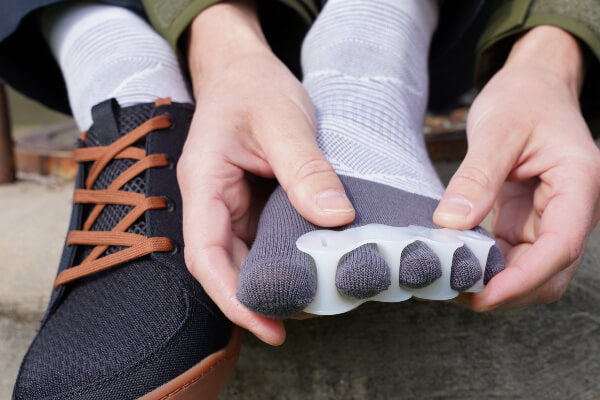
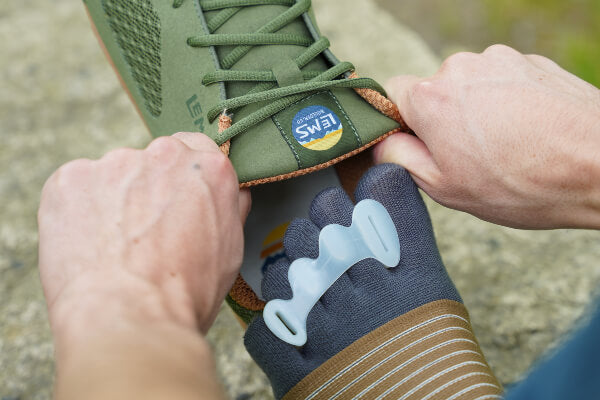
I have a very painful situation that I have been told is a hammertoe on my right foot. I am a nurse & have been wearing Dansko clogs. I feel they have not helped and may have hindered the condition. I am going to buy the Correct Toes today. My questions are: Can I return them if they are not helpful or hurt? And what brand of shoe do you recommend for nursing and for exercising (walking)?
Greetings, Nina,
Thank you for your questions. And thank you for your order! We appreciate your business. To answer your questions:
1. Yes, absolutely, you can return your Correct Toes. We offer a 30-day money-back guarantee on most of our products (www.naturalfootgear.com/pages/money-back-guarantee).
2. We find that a lot of nurses like the Lems Primal 2 (www.naturalfootgear.com/pages/lems-primal-2-shoes), which is also a great walking shoe. Another option that is not offered on our site (but that could work for both purposes), is the Crocs Rx Relief shoe.
Please do send any other questions my way, Nina. I’m happy to help.
Kind regards,
Marty Hughes, DC
Hello,
I have had problems with my feet all my life. I’m 24 and joining the military. I have been running 3-4 times a week in preparation for fitness tests to come. I have a very flat left foot but a decent right foot arch. I have Correct Toes to hopefully undo the damage I did when younger from wearing shoes too small which caused a twisted second toe, bunion, and a build up of dead skin on the side of my left big toe. When running, if I don’t wear sport insoles, my Achilles and calves tighten up. The reason I don’t wear the Correct Toes in shoes is because I’m a UK 14, which is a US 15. It is quite hard to get shoes in my size anyways without Correct Toes. I just wear them around the house as much as possible. I was wondering if you know how I could better look after my feet, or if you have any advice. Thank you!
Hi, Gary,
Thank you for your comments. Rest assured that you’re not alone, as many people discover that their foot problems originated with childhood practices. Fortunately, we’re very adaptive creatures, and in our experience, taking steps to restore natural foot anatomy often yields positive results. The best advice we can give you is to educate yourself on proper foot anatomy (www.naturalfootgear.com/pages/foot-anatomy-101) and research your specific problems, which should allow you to begin taking steps toward healing.
If you check out the Conditions pages of our Education section (www.naturalfootgear.com/blogs/education/tagged/conditions), you’ll be able to see which products may be helpful for specific problems. In your case, Correct Toes might be a good starting point for addressing the bunion and twisted second toe, as this device promotes proper toe spacing. If you want to run in Correct Toes, which many people find particularly helpful, you would need to find footwear with a wide enough toe box to accommodate them and allow proper toe splay. All the shoes we offer on the Natural Footgear site, including athletic footwear, have a toe box that is wide enough to accommodate Correct Toes (though larger sizes may be difficult to find).
I hope this helps answer some questions for you. If you have further questions or concerns, please do send them our way!
Kind Regards,
Andrew Potter